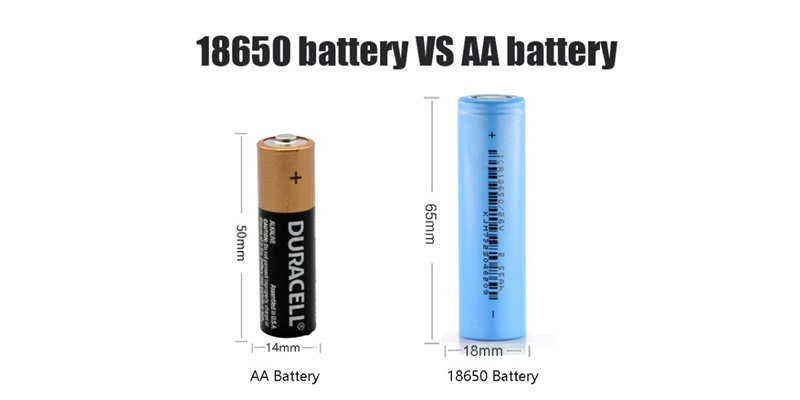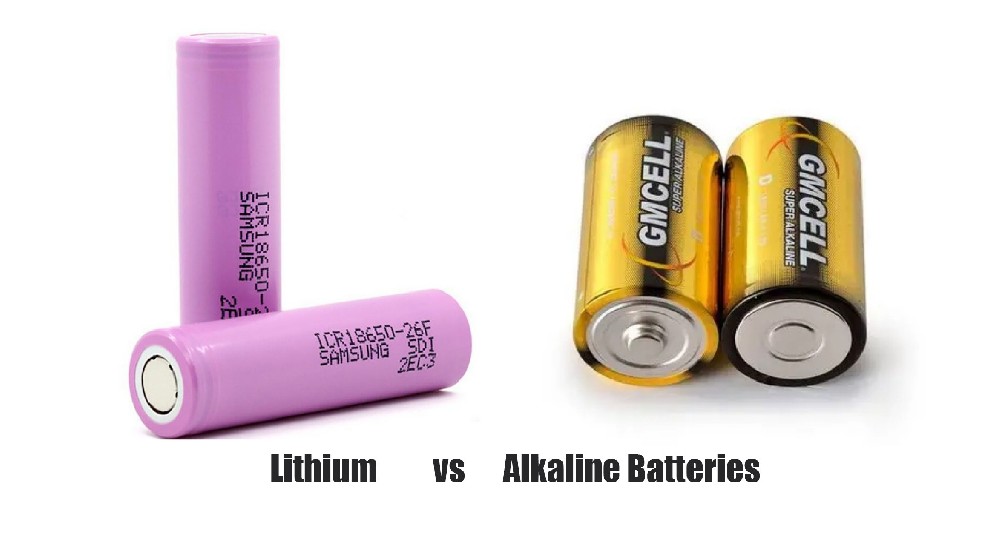Sunwoda Shines at CIBF 2025 and Leads the Global Energy Revolution
Sunwoda Showcased 5 Technology Matrices: Flash Charging/Solid-state/Yifeng/Aviation Batteries/Ultra-large Storage Cells+all-Scenario ESS at CIBF 2025
Amid the global energy revolution, on May 15th, Sunwoda made a strong appearance at the 17th Shenzhen International Battery Technology Exchange Conference/Exhibition (CIBF 2025) with an overwhelming momentum, showcasing its cutting-edge technology. As one of the world's most influential new energy exhibitions, CIBF is not only a platform for technical exchange but also a barometer of industry development.
This is the fourth time that Sunwoda has made an appearance at this grand event. With its five major technology matrices - flash charging batteries, Yifeng batteries, solid-state batteries, aviation batteries, and super-large storage cells + all-scenario energy storage systems - it has amazed the audience, demonstrating its firm strategic determination to "industrialize next-generation technologies" and also showcasing the unstoppable innovation acceleration of China's leading lithium battery enterprise.
Five Core Exhibits Lead the Future of Energy
1. Flash charging battery + Yifeng Battery: From two to four wheels, comprehensively leading the ultra-fast charging revolution
In the past two years, fast-charging batteries have become the focus of fierce competition among power battery enterprises, with new fast-charging battery products emerging one after another. Especially last year, major battery enterprises have been stepping up their efforts in the research and development of fast charging technology, releasing new products intensively and fully promoting mass production and application. As a leader in fast-charging battery technology, Sunwoda once again achieved technological iteration and upgrading at this year's CIBF exhibition, presenting two landmark series of products - flash charging batteries and the industry's first ultra-fast charging battery for two-wheelers, "Yifeng Battery".
It is reported that there are two products of flash charging battery 3.0 - LFP Xinxingchi and NCM Xinxingyao, both of which support 6C flash charging, significantly reducing charging time and greatly enhancing battery life. Flash Charging Battery 4.0 series, with a 1-minute extreme charge of over 150km.
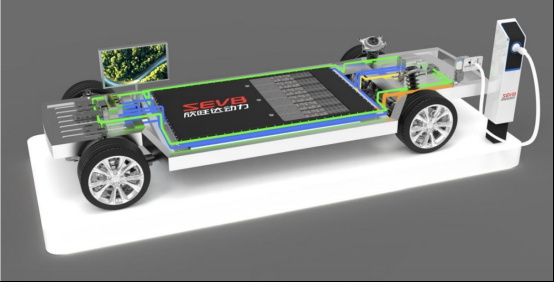
Specifically, the LFP Xinxingchi can replenish energy for 500 kilometers in 10 minutes, with a battery cell energy density greater than 190Wh/kg, and can achieve a low-temperature energy retention rate of over 90% at -20℃. The NCM Xinxingyao can be charged for just 5 minutes and has a range of over 350 kilometers. It supports upright cells, inverted cells and CTB solutions, and adopts the latest 3D liquid cooling technology, truly ensuring worry-free charging, range, lifespan and safety.
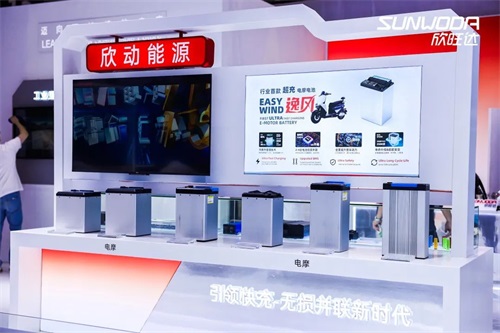
As the industry's first ultra-fast charging battery for two-wheelers, "Yifeng Battery" is based on Sunwoda's automotive-grade fast charging technology, building a three-dimensional technical moat of "fast charging without damaging power, no loss in parallel, and long-lasting and more reassuring" : it can achieve an ultimate energy replenishment of 80% in 20 minutes with a maximum charging power of 5KW. The temperature difference of the battery pack is locked within 5℃ through multi-stage charging strategy and dynamic thermal balance system to ensure the consistency of the battery cells. Combined with the upgraded BMS parallel algorithm, it supports the arbitrary parallel connection of 2 to 4 new and old batteries. Multiple health management systems provide simultaneous protection, enabling the battery cycle life to reach up to 2,500 times.
The launch of these two major product series marks Sunwoda's continuous leadership in the field of ultra-charged batteries. From two-wheel to four-wheel, it has comprehensively solved the problems of energy supply and range, effectively promoting the popularization of new energy vehicles and accelerating the full arrival of the electric transportation era.
2. Breakthroughs in solid-state and aviation batteries
Solid-state batteries and aviation batteries are regarded as the "technological peaks" of the next-generation batteries, and traditional battery manufacturers and new forces in the industry are engaged in a fierce competition. As a global leader in the lithium battery field, Sunwoda has long keenly perceived the development direction of the industry and has been dedicated to research and development for many years, achieving remarkable results.
In terms of solid-state batteries, Sunwoda has completed the development of its first-generation semi-solid-state battery, and the battery cell samples with the energy of the second-generation semi-solid-state battery have begun pilot tests. The third-generation polymer composite all-solid-state battery has completed laboratory verification and is expected to complete product development in 2025. The fourth-generation all-solid-state battery is still under development and is expected to complete the production of laboratory samples by 2027. Currently, the progress is smooth.
In terms of aviation batteries, Sunwoda has launched a range of aircraft battery products covering multiple scenarios such as unmanned aerial vehicles, industrial inspections, and urban air traffic. These products adopt high-nickel and high-silicon, semi-solid/all-solid technology routes. The first generation of pouch batteries (with an energy density of ≥320Wh/kg and supporting 6C discharge) has been mass-produced, and it plans to upgrade to the fifth generation of technology. By 2027, the energy density of all-solid-state batteries will exceed 500Wh/kg.
Meanwhile, for different application scenarios, Sunwoda also offers two major technical platforms: pouch and large cylindrical batteries. Among them, the large cylindrical battery, through designs such as thermoelectric separation and directional pressure relief, meets the fast charging and discharging requirements of aircraft. It can achieve 80% SOC charging in just 10 minutes.
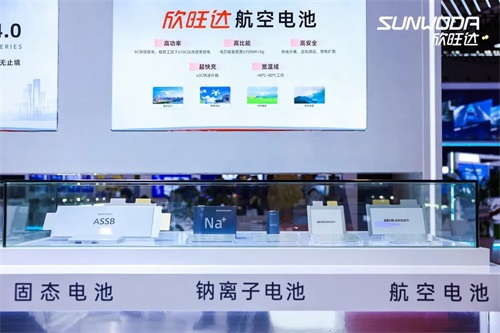
3. Super large storage battery cells +5015KWh liquid-cooled container: A breakthrough in scale after 314Ah
In addition to its outstanding performance in the field of power batteries, Sunwoda has also achieved remarkable success in the energy storage market - it is one of the domestic enterprises with the most and most comprehensive energy storage application cases. The previously launched 314Ah large-capacity battery cell has won wide recognition in the market with its outstanding comprehensive performance, including high energy density, a long cycle life of over 12,000 times, a full life cycle RTE of over 93%, a 7% reduction in cell cost, and a 10% reduction in system cost.
At this year's CIBF2025, Sunwoda once again made a strong comeback, showcasing a super-large storage battery cell + 5015kWh liquid-cooled container solution, further enhancing its market competitiveness. This solution features extremely high safety. It adopts automotive-grade self-developed battery cells with a lifespan of 10,000 cycles, complies with the NFPA855 safety standard, and is equipped with thermal runaway monitoring and multiple fire protection measures. Additionally, it is equipped with an intelligent temperature control design to ensure that the temperature difference at the PACK level is less than 2.5℃.
Meanwhile, the 5015kWh liquid-cooled container adopts a modular design, supporting flexible configuration, facilitating transportation and installation. It supports multiple integration methods including centralized and string types. The design of an independent operation and maintenance window provides users with great convenience in operation and maintenance.
It is not difficult to see that the solution of super-large storage cells + 5015kWh liquid-cooled containers has three major advantages: ultimate safety, economic efficiency, and flexibility and convenience. It further enhances the overall performance and cost advantage of the energy storage system, which is conducive to strengthening Sunwoda's competitiveness in the energy storage market and promoting the large-scale development of the energy storage industry.
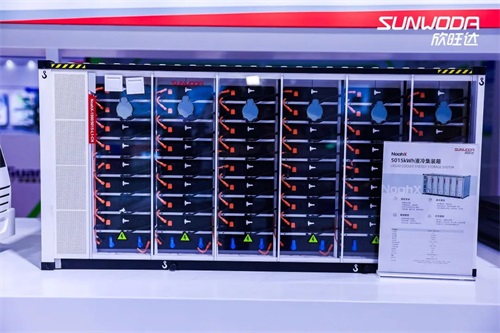
From consumer electronics to new energy, from ground transportation to low-altitude economy, Sunwoda, with nearly three decades of technological accumulation and strategic foresight, has forged its unique growth genes, completed an astonishing industrial leap, and successfully built a "full-scenario energy ecosystem" map. The five major technological breakthroughs at the CIBF2025 Battery exhibition not only confirm its leading position in the global lithium battery industry but also serve as a clarion call to the "industrialization of next-generation technologies".
